Search
Did you mean: Europe?
Search Results

Image
Division of the Second Triumvirate
A map showing the areas controlled by different members of Rome's Second Triumvirate of Lepidus (Brown), Octavian (Purple), and Mark Antony (Green) in the 1st century BCE. The light red areas indicate shared control.
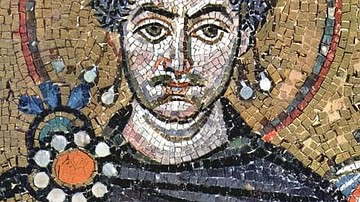
Image
Justinian I
Detail of a contemporary portrait of Justinian I in the Basilica of San Vitale, Ravenna. The emperor's robe is of Tyrian purple.
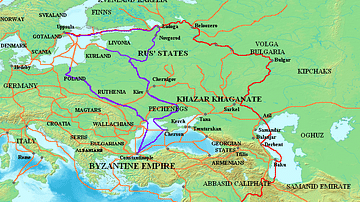
Image
Varangian Trade Routes
Map showing Varangian trade routes.
Red: Volga trade route
Purple: trade route from the Varangians to the Greeks
Orange: Other trade routes of the 8th-11th centuries
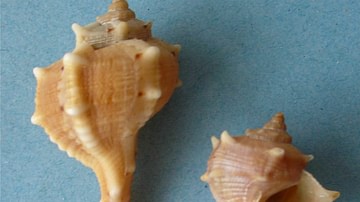
Image
Murex Brandaris
Examples of the Murex haustellum brandaris shellfish, one of the sources of Tyrian purple dye.
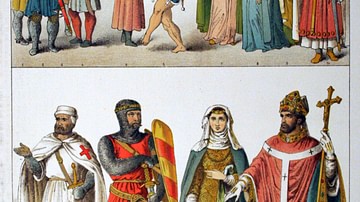
Article
Clothes in Medieval England
As in just about any other period of history, clothing in the Middle Ages was worn for necessity, comfort, and display. Bright colours and rich decorations made for a striking medieval wardrobe, at least among the wealthy, although there...
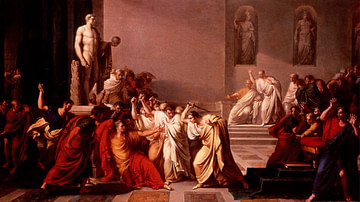
Article
The Assassination of Julius Caesar
Veni, vidi, vici! This was the simple message the Roman commander Julius Caesar sent to the Senate in Rome after a resounding victory in the east against King Pharnaces of Pontus - a message that demonstrated both arrogance as well as great...
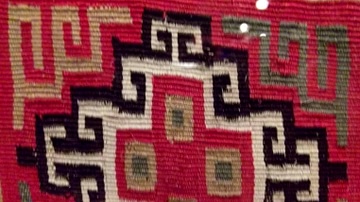
Article
Inca Textiles
For the Incas finely worked and highly decorative textiles came to symbolize both wealth and status, fine cloth could be used as both a tax and currency, and the very best textiles became amongst the most prized of all possessions, even more...
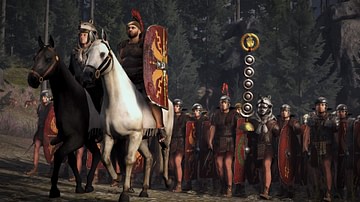
Article
Officers of the Roman Army
With the appearance of the legionary, the Roman army was able to maintain a vast empire that totally embraced the Mediterranean Sea. Although the success of the army rested on the backs of the foot-soldiers and cavalry, there were others...
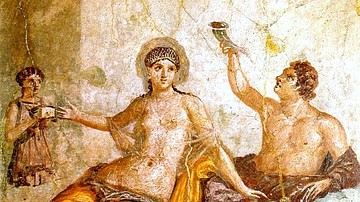
Article
The Eastern Trade Network of Ancient Rome
The life of wealthy Romans was filled with exotic luxuries such as cinnamon, myrrh, pepper, or silk acquired through long-distance international trade. Goods from the Far East arrived in Rome through two corridors – the Red Sea and the Persian...

Article
The Life of Diogenes of Sinope in Diogenes Laertius
Diogenes of Sinope (c. 404-323 BCE) was a Greek Cynic philosopher best known for holding a lantern to the faces of the citizens of Athens claiming he was searching for an honest man. He was most likely a student of the philosopher Antisthenes...